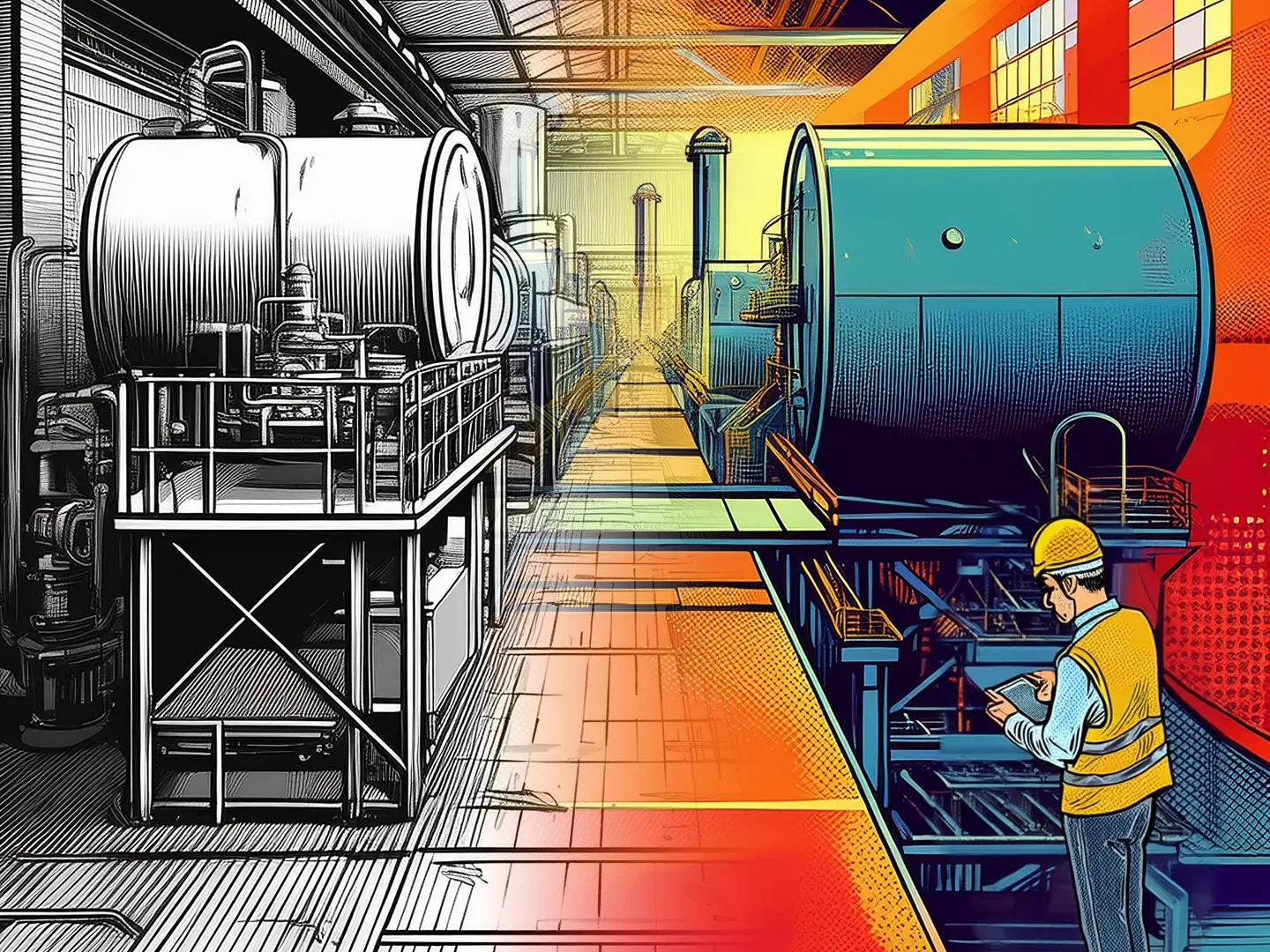The Technological Revolution Reshaping the Warehousing Industry

In the last 20 years, technology has emerged as a fundamental cornerstone across all industries. The warehousing industry is no exception, with emerging technologies such as blockchain, the Internet of Things (IoT), and predictive analytics transforming traditional warehouse operations.
Pioneering Trends in Warehouse Operations
One of the significant trends reshaping warehouse operations is the adoption of blockchain and IoT technologies, which enhance transparency and enable real-time data exchange between all supply chain participants. This technological integration is revolutionizing the industry by increasing operational efficiency and providing insightful data into warehouse processes.
Furthermore, the advent of warehouse mobility solutions is shifting work from fixed stations to mobile devices, enabling real-time inventory management and reducing the margin of error. Autonomous Guided Vehicles (AGVs) and drones are also taking center stage, potentially revolutionizing warehouse transport and inventory management.
Smart analytics, machine learning, and predictive analytics also play an influential role in warehouse management. Utilizing these cutting-edge technologies, warehouses can optimize inventory levels, increase operational efficiency, and anticipate future trends, staying one step ahead in this competitive industry. Wearables, such as smart glasses and wristbands, are also gaining popularity in the warehousing sector, connecting people with technology and enhancing visibility while reducing error rates.
The future of warehouses lies in data intelligence, automation, and robotics. These technologies simplify manual tasks, increase efficiency, and are indispensable for warehouse operations.
The Impact of Digital Technologies on Warehouse Management Systems (WMS)
The application of digital technologies in Warehouse Management Systems (WMS) has greatly benefited the logistics and supply chain industry. Integrating RF handheld devices and Vehicle Mounted Units (VMU) with WMS has led to a substantial improvement of 65% in warehouse activities such as receiving, picking, packing, shipping, and cycle count.
Moreover, implementing automation, like Conveyors, has enabled a 48% increase in the volume of processed packages. At the same time, integrating barcode scanners with WMS has resulted in faster processing times and improved accuracy in product handling.
Furthermore, digital technologies have significantly enhanced customer visibility, leading to a 42% increase in communication speed and enabling customers to gain real-time insights into the logistical systems. This advancement aids in better forecasting and planning.
Transformative Impact of Digitization in Warehousing
The digital transformation of warehouses is proving to be a game-changer for the industry's sustainability amidst growing competition and market pressures. As the global market for IoT is projected to grow to around 1.6 trillion by 2025, and the predictive analytics market is expected to reach USD 35.45 billion by 2027, the future of the warehousing industry undoubtedly lies in the successful integration of these emerging technologies.
The warehousing industry is at the cusp of a digital revolution, with transformative technologies such as blockchain, IoT, predictive analytics, and automation reshaping traditional operations. Key trends include the shift from fixed stations to mobile solutions, the introduction of AGVs and drones, and the rise of smart wearables. These changes enhance operational efficiency and transparency and connect people with technology more seamlessly.
As Warehouse Management Systems (WMS) integrate digital technologies, there are significant improvements in inventory management, productivity, and customer communication. RF handheld devices, VMU, Conveyors, and barcode scanners have notably boosted processing speed and accuracy while enhancing customer visibility into logistic systems.
Given the projected growth of the global IoT market to around 1.6 trillion by 2025 and the predictive analytics market to USD 35.45 billion by 2027, the potential for digital transformation is immense. For those ahead of the curve in adopting these technologies, the future of warehousing is sustainable and immensely profitable. Embracing the digital revolution will give these pioneers a competitive advantage in the dynamically evolving industry landscape.
Sources:
- International Journal of Computer Applications: Digital Transformation in Warehouse Management Systems (WMS) Implementations by Natesan Andiyappillai.
- Statista: "Internet of Things (IoT) connected devices installed base worldwide from 2015 to 2025" (https://www.statista.com/statistics/471264/iot-number-of-connected-devices-worldwide/)
- Grand View Research: "Predictive Analytics Market Size, Share & Trends Analysis Report" MHI Annual Industry Report: "Overcoming Barriers to NextGen Supply Chain Innovation"